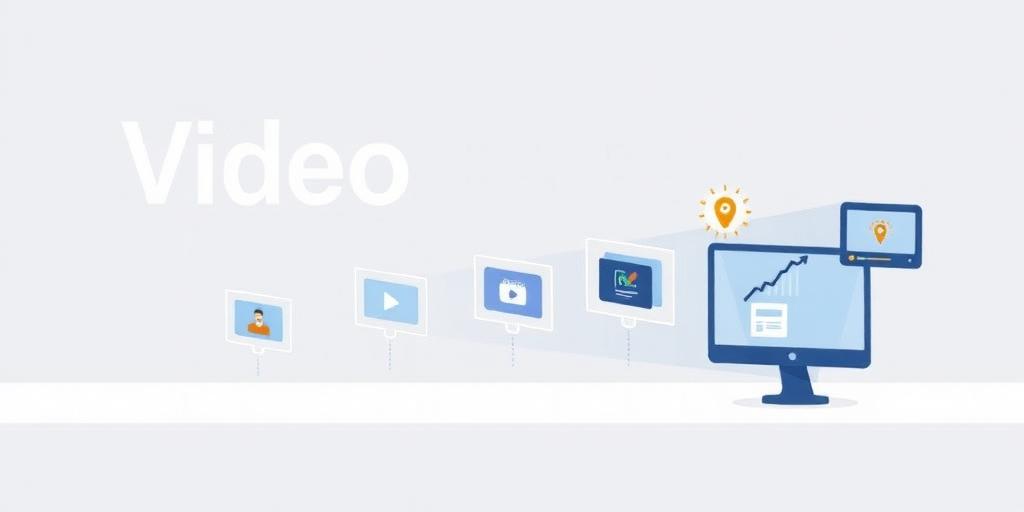Video marketing funnels are essential for engaging audiences at every stage of the customer journey. This guide provides a comprehensive overview of how to create effective video marketing funnels that attract, engage, and convert viewers into loyal customers.
Understanding Video Marketing Funnels
A video marketing funnel is a strategic approach to guiding potential customers through the various stages of awareness, interest, decision, and action using video content. Each stage requires a different type of video to address the specific needs and questions of the audience.
Stages of a Video Marketing Funnel
Awareness Stage: The goal is to attract a broad audience and introduce them to your brand. Videos should be informative and engaging, focusing on general topics related to your industry.
- Types of Videos: Explainer videos, educational content, and thought leadership pieces.
Interest Stage: Once viewers are aware of your brand, the next step is to pique their interest. Videos should highlight the problems your audience faces and how your product or service can solve them.
- Types of Videos: Product demos, how-to videos, and customer testimonials.
Decision Stage: At this stage, potential customers are evaluating their options. Videos should provide detailed information about your product, compare it to competitors, and offer social proof.
- Types of Videos: Case studies, comparison videos, and webinars.
Action Stage: The final stage aims to convert interested viewers into paying customers. Videos should include clear calls to action and make it easy for viewers to take the next step.
- Types of Videos: Promotional videos, special offers, and direct-response ads.
Creating Effective Video Content
- Know Your Audience: Understand their needs, preferences, and pain points to create relevant and engaging content.
- Optimize for Search: Use relevant keywords in your video titles, descriptions, and tags to improve visibility.
- Keep it Concise: Viewers have short attention spans, so keep your videos focused and to the point.
- Include a Clear Call to Action: Tell viewers exactly what you want them to do next, whether it’s visiting your website, subscribing to your channel, or making a purchase.
- Track and Analyze Results: Monitor the performance of your videos to identify what’s working and what’s not, and adjust your strategy accordingly.
Tools and Technologies for Video Marketing
- Video Editing Software: Adobe Premiere Pro, Final Cut Pro, iMovie.
- Video Hosting Platforms: YouTube, Vimeo, Wistia.
- Analytics Tools: Google Analytics, YouTube Analytics.
Conclusion
Video marketing funnels are a powerful tool for engaging audiences at every stage of the customer journey. By creating targeted video content that addresses the specific needs of viewers at each stage, businesses can effectively attract, engage, and convert potential customers.









